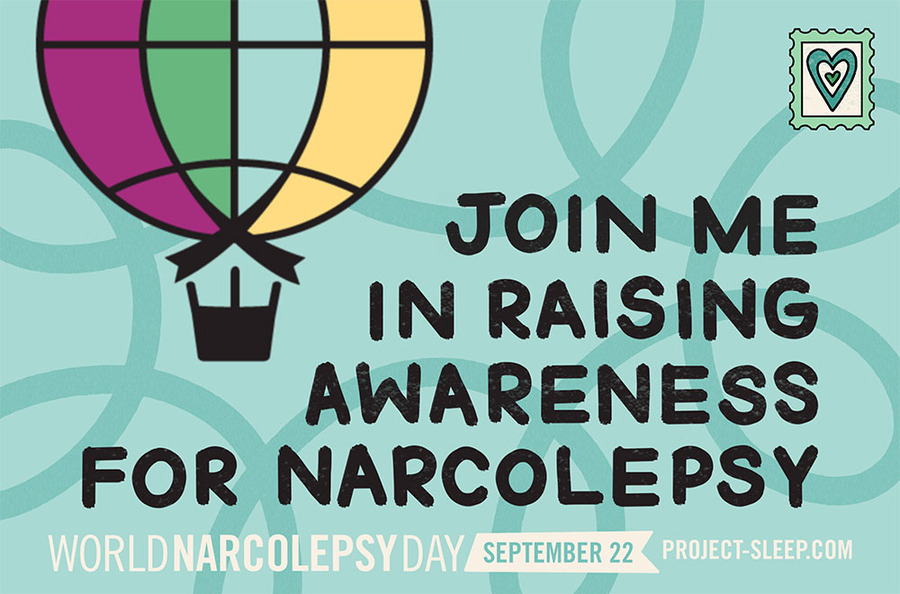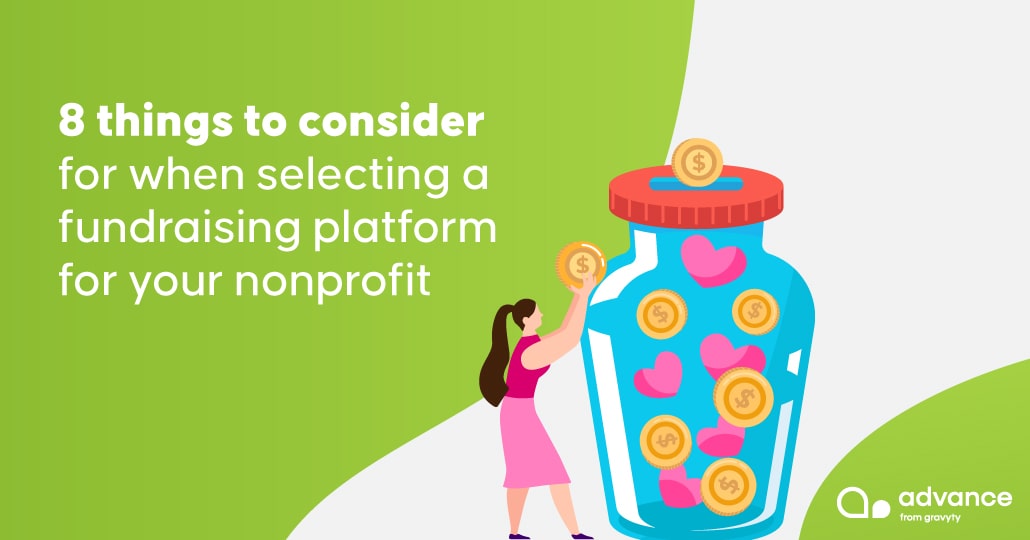4 marketing channels to promote your nonprofit’s mission

Imagine an animal shelter overwhelmed with the number of dogs and cats needing homes. They’ve been working tirelessly to raise awareness and increase adoptions to no avail. Then, they try a new approach: posting creative video profiles for adoptable animals on social media, sending personalized emails to supporters, and partnering with a local pet store for a fundraising event.
Within weeks, the shelter sees a surge in donations, adoptions, and volunteer sign-ups. By changing their marketing strategies, they were able to better communicate their needs and inspire action.
Nonprofits today have more tools than ever to share their stories, engage supporters, and inspire change. But with so many options, creating a nonprofit multi-channel marketing strategy can be overwhelming. Let’s explore some of the most effective platforms nonprofits can use to connect with their communities.
1. Email marketing
Email marketing allows your nonprofit to engage directly with supporters who have already shown interest in your cause. It’s a cost-effective way to share updates, promote events, request donations, and show gratitude to donors and volunteers.
By building your email list and sending personalized messages, your marketing team can nurture relationships with supporters, increasing engagement and continued support for your mission
How to create clickable emails
Send diverse content. Connect with supporters by leveraging different types of digital marketing content, including beneficiary stories, announcements about upcoming events, relevant news articles, and milestone updates. You can also promote engagement opportunities, such as fundraisers and volunteer events.
Personalize emails for different audience segments. Tailor emails to various supporter types, such as donors, volunteers, and event attendees. Personalization involves using the recipient’s name, referencing past contributions, or offering content relevant to their interests.
Use compelling subject lines to increase open rates. The subject line is the first thing recipients see, so make it attention-grabbing and relevant to supporter interests. A weak subject line like “Donate To Our Animal Shelter” may be overlooked, whereas a compelling one like “Meet Fido: Donate To Help Find His Forever Home🐾” creates urgency and builds an emotional connection, increasing the likelihood of the supporter opening the email.
Test different email frequencies. In 2023, nonprofits sent an average of 59 messages to each subscriber, averaging out to about 4-5 emails per month. Frequency ebbed and flowed throughout the year, with peaks occurring during year-end giving, big events, and cause awareness days. Determine how often you’ll contact subscribers, such as once a week, to keep them engaged.
2. Digital greeting cards
With an eCard platform, your nonprofit can create branded, personalized cards to connect with supporters on special occasions. Send your eCards directly to supporters to strengthen existing relationships, or let supporters send them to their friends and family via email, text, or social media.
eCardWidget’s charity eCards guide explains that this channel is convenient, not confined to geographic boundaries, cheaper than traditional mail, and eco-friendly. Not to mention, eCards are incredibly versatile and customizable, enabling you to include branded and interactive elements.

How to grow awareness with eCards
Sell eCards for special occasions. Allow supporters to send personalized eCards after donating in honor of someone. Create designs for holidays, birthdays, or other occasions to make this a year-round revenue stream.
Create event invitations. Encourage supporters to invite their friends and family to your nonprofit’s events. Design invitations that share key details, including your event’s date, location, and purpose.
Thank your supporters. Cultivate relationships by sending personalized thank-you eCards to donors and volunteers. For example, a youth development organization might have program participants write notes thanking their mentors.
Design cause awareness eCards. Create eCards that raise awareness for your nonprofit’s mission. For example, Project Sleep created eCards for World Narcolepsy Day to spread awareness of sleep health and disorders.

3. Social media marketing
Social media is an effective part of any nonprofit multi-channel marketing strategy because it allows you to reach a broad audience and engage donors and volunteers in real time. Given that social media is free to use, it’s incredibly cost-effective. It also provides unique opportunities for storytelling, sharing updates, and inspiring action through visuals and interactive content.
How to expand your reach on social media
Post regular updates about your cause and events. Keep your followers informed with frequent posts about the impact of your work, upcoming events, and ongoing initiatives. Regular updates keep your audience engaged and remind them of the important role they play in supporting your mission.
Use visuals to engage your audience. People are more likely to engage with posts that include eye-catching visuals. Use high-quality images and videos to tell compelling stories, show how engaging your events are, and highlight the impact of donations or volunteer work. After all, 97% of donors say their main reason for giving is to make an impact.
Encourage user-generated content. Invite your followers to share their experiences and stories related to your cause. This is known as user-generated content, and it can build community, provide social proof, and encourage others to get involved with your nonprofit.
4. Text messaging
SMS marketing offers an effective way to reach supporters where they are: on their mobile phones. Text messages are often opened within minutes, making this channel perfect for urgent calls to action (CTAs) or time-sensitive updates. Plus, texting feels personal, helping build closer supporter relationships and boosting donor retention.
How to create engaging texts
Get permission first. Only text people who have opted in to receive messages. Mogli highlights several regulations, like the Telephone Consumer Protection Act (TCPA) and the CAN-SPAM Act, which protect people from unwanted messages. The guide also recommends using a double opt-in method. With this approach, someone will sign up through an online form or by texting your nonprofit a keyword. Then, you send a text asking them to confirm that they want to receive texts by replying “YES.”
Link to more information. Text messages are naturally short, so keep your messages concise. Aim to clarify what you want the reader to do, whether that’s donating to an urgent campaign or filling volunteer slots. If you have more details to share, include a link to your website where they can learn more about your appeal.
Try different use cases. Use text-to-give to encourage mobile donations. Texting is also great for event reminders, advocacy alerts, and emergency updates. For example, a disaster relief organization might send urgent appeals and updates on their work to donors and volunteers after a hurricane.
When it comes to spreading awareness of your cause, multi-channel marketing is essential. From email to text messaging, leveraging the strengths of each channel will help you engage with supporters in diverse and meaningful ways.
With the right mix of tools, your nonprofit can build stronger relationships, inspire action, and ultimately make a greater difference for its cause.



